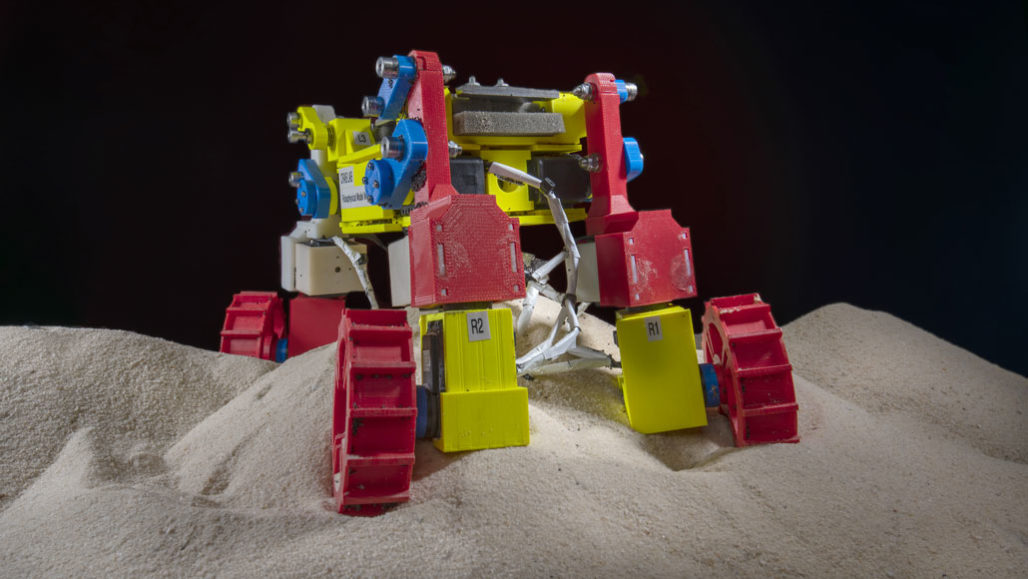colleague: Someone who works with another; a co-worker or team member.
degree: (in geometry) A unit of measurement for angles. Each degree equals one three-hundred-and-sixtieth of the circumference of a circle.
horizontal: A line or plane that runs left to right, much as the horizon appears to do when gazing into the distance.
lunar: Of or relating to Earth’s moon.
Mars: The fourth planet from the sun, just one planet out from Earth. Like Earth, it has seasons and moisture. But its diameter is only about half as big as Earth’s.
moon: The natural satellite of any planet.
physicist: A scientist who studies the nature and properties of matter and energy.
poles: (in Earth science and astronomy) The cold regions of the planet that exist farthest from the equator; the upper and lower ends of the virtual axis around which a celestial object rotates. (in physics and electrical engineering) The ends of a magnet.
slope: (in geology) The steeply pitched side of a cliff, hill or mountain. (in mathematics) The degree to which some line rises or falls from a strictly horizontal direction. A line that appears to rise as it moves to the right has a positive slope. One that appears to fall as runs to the right has a negative slope. Vertical lines have neither. Their slope is described as undefined.
strategy: A thoughtful and clever plan for achieving some difficult or challenging goal.








